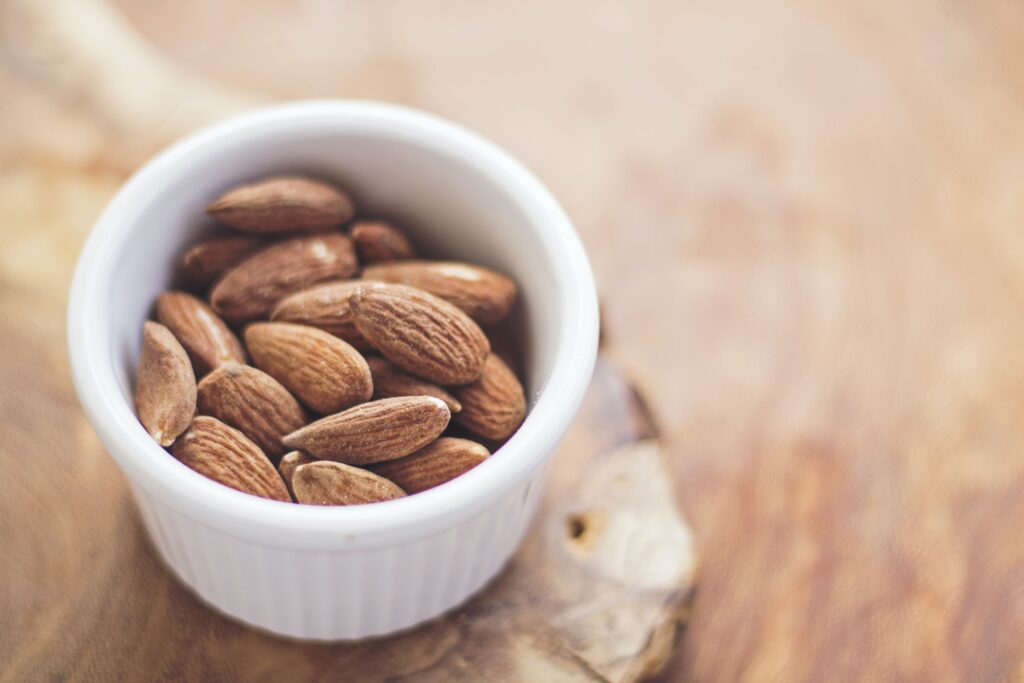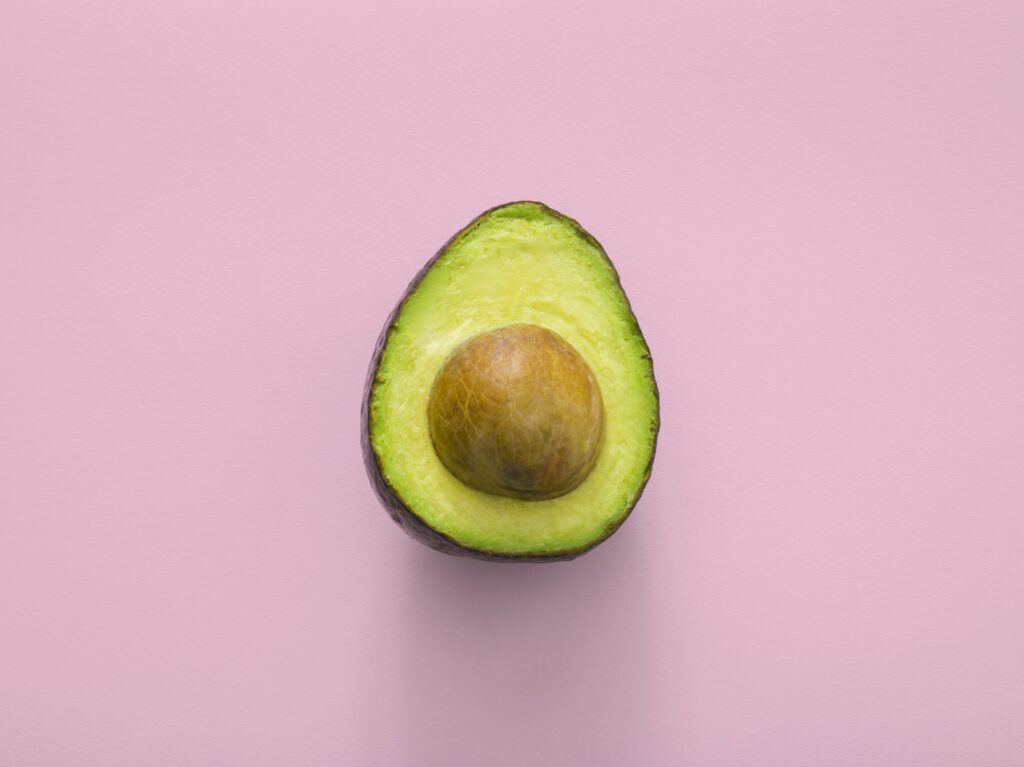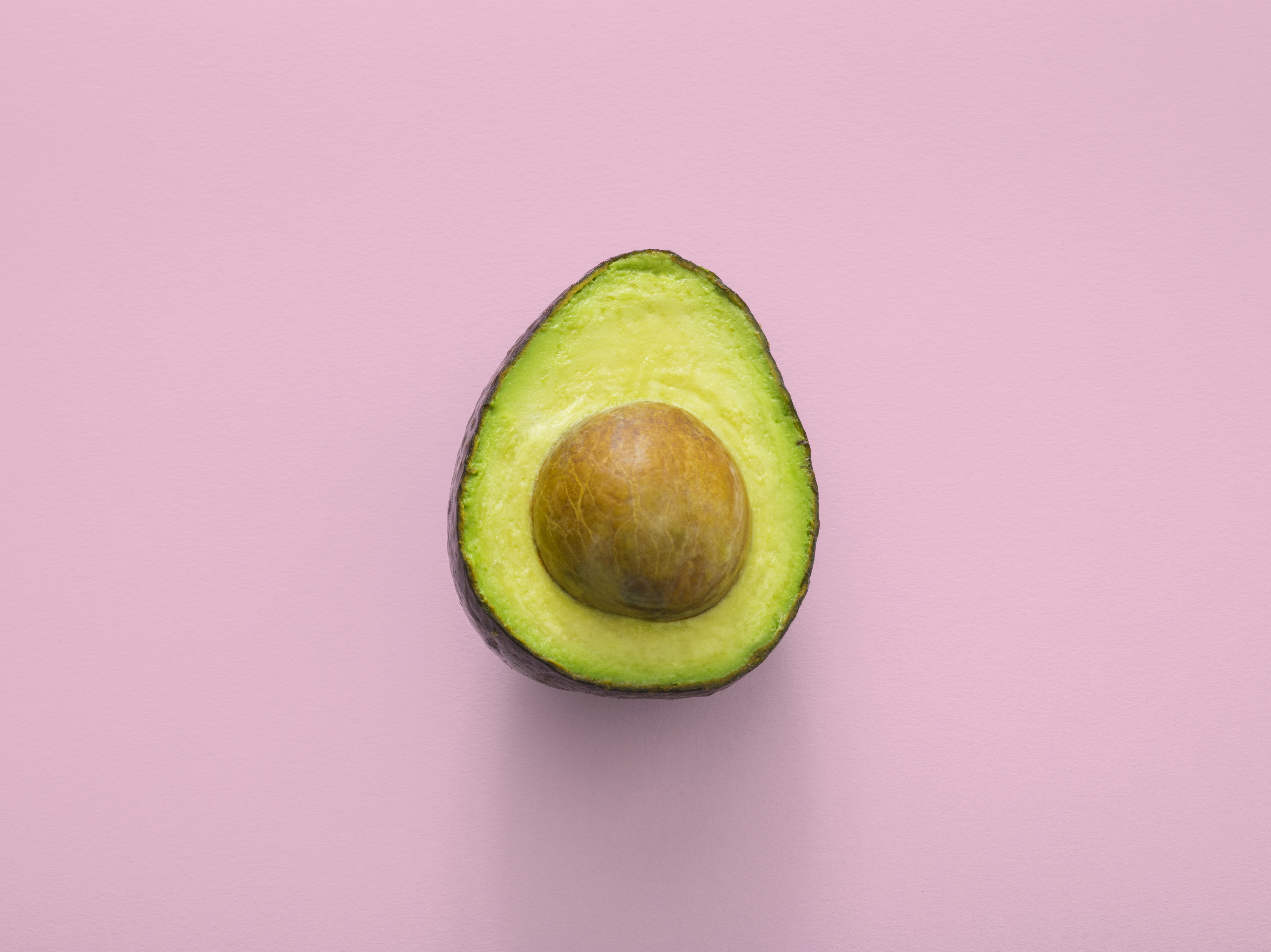Imagine having all the resources you need to successfully navigate the keto lifestyle, from scientific information to mouth-watering recipes and essential tools. That’s exactly what OnKetosis offers you with their Ultimate Keto Guide. This comprehensive platform goes beyond just providing guidelines; it fosters a community of shared experiences, success stories, and unwavering support. With a focus on trending topics like the benefits of MCT oils, the synergy between keto and intermittent fasting, and personal success stories, OnKetosis aims to become the top-ranking destination for both keto novices and aficionados. Whether you’re new to keto or a seasoned veteran, OnKetosis has everything you need to achieve and maintain optimal health.

Understanding the Ketogenic Diet
The ketogenic diet has gained significant popularity in recent years due to its potential health benefits and effectiveness in weight loss. But what exactly is the ketogenic diet all about? The ketogenic diet, or keto diet for short, is a low-carb, high-fat diet that involves reducing your intake of carbohydrates and increasing your consumption of healthy fats. By doing so, your body enters a metabolic state called ketosis, where it burns fat for fuel instead of relying on carbohydrates.
How does the ketogenic diet work?
The ketogenic diet works by significantly reducing your intake of carbohydrates, typically to less than 50 grams per day. When you consume fewer carbs, your body is forced to find an alternative fuel source to meet its energy needs. In the absence of sufficient carbohydrates, your liver starts producing ketones from stored fat. These ketones then become the primary source of energy for your body and brain.
Benefits of Ketosis
One of the key benefits of the ketogenic diet is its ability to promote weight loss. When your body is in ketosis, it becomes more efficient at burning stored fat for energy, which can help you shed excess pounds. Additionally, the ketogenic diet may help reduce cravings and appetite, making it easier to stick to a calorie deficit.
Beyond weight loss, ketosis has been associated with a range of potential health benefits. Some studies suggest that a ketogenic diet may help improve insulin sensitivity and blood sugar control, making it beneficial for individuals with type 2 diabetes or prediabetes. It may also have positive effects on cardiovascular health, cognitive function, and may even have therapeutic applications in the treatment of epilepsy and certain types of cancer.

Common misconceptions about the ketogenic diet
While the ketogenic diet has gained popularity, there are still some misconceptions surrounding it. One common misconception is that all fats are created equal, leading to the belief that a keto diet is unhealthy due to its high fat content. However, it’s important to note that the focus of a ketogenic diet is on consuming healthy fats, such as avocados, nuts, and olive oil, rather than unhealthy fats found in processed foods.
Another misconception is that the ketogenic diet is a restrictive and boring eating plan. While it is true that you need to limit your intake of high-carb foods like bread, pasta, and sugar, there is still a wide variety of delicious foods you can enjoy on a ketogenic diet. With a little creativity and meal planning, you can enjoy meals like bacon and eggs, avocado salads, and even keto-friendly desserts.
Getting Started with Keto
If you’re ready to embark on your ketogenic journey, here are some steps to help you get started:
Setting your goals
Before starting any diet, it’s important to set clear goals for yourself. Do you want to lose weight, improve your overall health, or manage a specific health condition? Understanding your goals will not only help you stay motivated but also tailor your approach to the ketogenic diet.
Calculating your macronutrient needs
To ensure you’re following a proper ketogenic diet, it’s important to calculate your macronutrient needs. This involves determining your daily intake of carbohydrates, proteins, and fats. Typically, a ketogenic diet consists of approximately 5-10% of calories from carbohydrates, 20-30% of calories from protein, and 60-75% of calories from fat.
Stocking your kitchen with keto-friendly foods
A well-stocked kitchen is essential for success on the ketogenic diet. Make sure to fill your pantry and refrigerator with keto-friendly foods such as meats, low-carb vegetables, healthy fats, and dairy products. Having these ingredients on hand will make it easier to prepare and enjoy delicious keto-friendly meals.
Meal planning and prep
Meal planning and preparation are key to maintaining a ketogenic lifestyle. By planning your meals ahead of time, you can ensure that you have the right balance of macronutrients and avoid reaching for high-carb options when hunger strikes. Consider batch cooking and meal prepping to save time and make sticking to your ketogenic diet more convenient.
The Science Behind Ketosis
Understanding the science behind ketosis can help you make informed decisions about your diet and optimize your results on the ketogenic diet.
What happens in the body during ketosis?
During ketosis, your body shifts its primary source of fuel from carbohydrates to fat. As you reduce your carb intake, your liver starts converting fat into ketones, which are then used as an energy source by your muscles, brain, and other organs. This metabolic shift allows your body to burn stored fat for energy, leading to weight loss.
Metabolic adaptations on the ketogenic diet
The ketogenic diet triggers several metabolic adaptations in the body. One of the key adaptations is the upregulation of enzymes involved in fatty acid metabolism. This allows your body to efficiently break down and utilize fat for energy. Additionally, being in a state of ketosis has been shown to increase the number of mitochondria, the energy-producing organelles in your cells, further enhancing your body’s ability to burn fat.
Effects on insulin sensitivity and blood sugar levels
One of the significant benefits of the ketogenic diet is its impact on insulin sensitivity and blood sugar levels. By reducing your intake of carbohydrates, you can help stabilize your blood sugar levels and improve insulin sensitivity. This can be particularly beneficial for individuals with type 2 diabetes or those at risk of developing the condition.
Potential health benefits beyond weight loss
While weight loss is often the primary goal of individuals on a ketogenic diet, there are other potential health benefits to consider. Research suggests that ketosis may have a positive impact on cardiovascular health by reducing triglyceride levels, increasing levels of HDL (good) cholesterol, and improving markers of inflammation. Additionally, some studies have shown promise in using a ketogenic diet as a complementary therapy for epilepsy, particularly in children.

Keto-Friendly Foods
When following a ketogenic diet, it’s crucial to fill your plate with keto-friendly foods that are low in carbohydrates and high in healthy fats.
Proteins: Best sources for a ketogenic diet
Proteins are an essential component of any diet, and on the ketogenic diet, it’s essential to choose protein sources that are low in carbohydrates. Opt for high-quality, minimally processed proteins such as fatty fish, like salmon or mackerel, grass-fed beef, poultry, and eggs.
Healthy fats: Essential fats to include in your meals
Healthy fats are a cornerstone of the ketogenic diet, providing your body with a steady source of energy. Include fats such as avocados, coconut oil, olive oil, nuts, and seeds in your meals to meet your fat requirements and add delicious flavor to your dishes.
Low-carb vegetables: Nutrient-rich options with minimal carbs
While the ketogenic diet focuses on reducing carb intake, it’s essential to include low-carb vegetables in your meals to meet your nutrient needs. Non-starchy vegetables like leafy greens, broccoli, cauliflower, and zucchini are excellent options that provide essential vitamins and minerals without significantly impacting your carb count.
Dairy and dairy alternatives: Making dairy work for your keto lifestyle
Dairy products can be a valuable source of healthy fats and protein on the ketogenic diet, but it’s important to choose wisely. Opt for full-fat dairy products, such as butter, cheese, and Greek yogurt, and avoid products with added sugars. If you prefer to avoid dairy, there are also a variety of dairy alternatives available, including almond milk or coconut milk.
Nuts and seeds: High-fat snacks for on-the-go
Nuts and seeds are convenient and portable snacks that are rich in healthy fats, fiber, and essential nutrients. Almonds, walnuts, chia seeds, and flax seeds are excellent options to keep you fueled while on the go. Just be mindful of portion sizes, as they can be calorie-dense.
Meal Planning on Keto
Planning and preparing your meals in advance can make following a ketogenic diet much easier and more enjoyable. Here are some tips to help you succeed:
Creating balanced and satisfying meals
To ensure that your meals are balanced and satisfying, aim to include a source of protein, healthy fats, and low-carb vegetables in each meal. This combination will provide you with the necessary nutrients, keep you satiated, and help you meet your macronutrient goals.
Sample meal plan for a day on keto
Here’s an example of what a day on the ketogenic diet could look like:
- Breakfast: Scrambled eggs cooked in butter with avocado slices.
- Lunch: Grilled chicken salad with mixed greens, cucumber, cherry tomatoes, and a drizzle of olive oil.
- Snack: Celery sticks with almond butter.
- Dinner: Salmon fillet with steamed broccoli and cauliflower rice cooked in coconut oil.
- Dessert: Keto-friendly chia pudding made with unsweetened almond milk and topped with berries.
Tips for dining out while staying in ketosis
Eating out can be challenging when following a ketogenic diet, but it’s not impossible. Look for restaurants that offer keto-friendly options, such as grilled meats, salads with a high-fat dressing, and vegetable sides. You can also ask for modifications to existing menu items to make them more suitable for your dietary needs.
How to handle cravings and stay on track
Cravings can be a common challenge when starting a ketogenic diet, especially if you’re used to a high-carb diet. To manage cravings, it’s important to keep your meals satisfying and balanced, so you don’t feel deprived. Incorporating healthy fats, fiber-rich foods, and staying properly hydrated can help curb cravings and keep you on track.
Keto-Friendly Recipes
Eating delicious meals is a key part of the ketogenic lifestyle. Here are some keto-friendly recipes to try:
Breakfast recipes
- Keto Bacon and Egg Cups: A convenient and tasty grab-and-go breakfast option.
- Avocado Breakfast Bowl: Packed with healthy fats and topped with your favorite breakfast toppings.
- Low-Carb Smoothie: Made with unsweetened almond milk, spinach, avocado, and your choice of low-carb protein.
Lunch and dinner recipes
- Keto Chicken Alfredo: A creamy and indulgent pasta substitute made with zucchini noodles.
- Beef and Broccoli Stir-Fry: A quick and flavorful dish that’s packed with protein and low in carbs.
- Salmon with Lemon Butter Sauce: A delicious and heart-healthy meal that can be prepared in no time.
Snack and dessert recipes
- Keto Fat Bombs: These bite-sized treats are packed with healthy fats and can satisfy your sweet cravings.
- Cheese Crisps: A crispy and savory snack made from cheese that’s perfect for when you need a crunchy fix.
- Chocolate Avocado Mousse: A rich and creamy dessert that combines the goodness of avocados with dark chocolate.
Beverage recipes
- Bulletproof Coffee: A creamy and satisfying coffee recipe made with butter and MCT oil.
- Keto Lemonade: A refreshing and low-carb twist on a classic summertime drink.
- Matcha Latte: A frothy and energy-boosting beverage made with matcha powder and unsweetened almond milk.
Special occasions: Keto recipes for holidays and celebrations
- Keto-friendly Thanksgiving Dinner: A delicious and keto-approved menu for your holiday feast.
- Low-Carb Pizza Party: A variety of pizza recipes using low-carb crust alternatives and delicious toppings.
- Keto Chocolate Cake: A decadent and moist chocolate cake that’s perfect for birthdays or special occasions.
Tracking Macros and Micronutrients
Tracking your macros and micronutrients is an important aspect of the ketogenic diet to ensure you’re meeting your nutritional needs. Here’s what you need to know:
Understanding macronutrients and their importance on keto
Macronutrients, or macros for short, refer to carbohydrates, proteins, and fats, all of which play a crucial role in the ketogenic diet. By tracking your macros, you can ensure you’re consuming the right balance of nutrients to maintain ketosis and achieve your desired health and weight loss goals.
Popular apps and tools for tracking macros
There are several apps and tools available that can help you track your macros and stay on top of your ketogenic diet. MyFitnessPal, Cronometer, and Carb Manager are popular choices that allow you to easily log your meals, set your macronutrient goals, and track your progress.
Monitoring electrolyte balance on the ketogenic diet
The ketogenic diet can have a diuretic effect, leading to increased water loss and a potential imbalance of electrolytes, such as sodium, potassium, and magnesium. It’s important to monitor your electrolyte levels and ensure you’re getting enough of these essential minerals through food or supplementation.
Micronutrient considerations on a low-carb diet
While the focus of the ketogenic diet is on macronutrients, it’s crucial not to neglect your micronutrient needs. Include a variety of nutrient-dense foods in your diet, such as non-starchy vegetables, nuts, seeds, and berries, to ensure you’re getting a wide range of vitamins and minerals.
Benefits of Ketosis
Beyond weight loss, the ketogenic diet has several other potential benefits that can improve your overall health and well-being. Here are some significant benefits of ketosis:
Weight loss and body composition
By reducing your intake of carbohydrates and increasing your consumption of healthy fats, the ketogenic diet can help you achieve and maintain a healthy weight. Ketosis promotes fat burning and may help preserve lean muscle mass, resulting in improved body composition.
Improved mental clarity and focus
Many individuals report experiencing improved mental clarity and focus when following a ketogenic diet. The steady supply of ketones to the brain provides a stable source of energy, which can help enhance cognitive function, memory, and mental performance.
Increased energy levels
When your body is in ketosis, it becomes more efficient at utilizing fat for fuel. This can lead to increased energy levels and a reduction in energy crashes often associated with high-carb diets.
Potential therapeutic benefits: Epilepsy, diabetes, and more
While more research is needed, the ketogenic diet has shown promise as a therapeutic tool for various health conditions. It was initially developed to treat drug-resistant epilepsy in children and continues to be used as an adjunct therapy for those with epilepsy. It may also have potential benefits for individuals with type 2 diabetes, metabolic syndrome, polycystic ovary syndrome (PCOS), and neurodegenerative diseases.
Intermittent Fasting and Keto
Combining intermittent fasting with the ketogenic diet can further enhance the benefits of both practices. Here’s what you need to know:
What is intermittent fasting?
Intermittent fasting involves cycling between periods of fasting and eating. There are several different methods of intermittent fasting, including the 16/8 method, where you fast for 16 hours and eat within an 8-hour window, and the 5:2 method, where you eat normally for five days and restrict calories on two non-consecutive days.
How does it complement the keto diet?
Intermittent fasting and the ketogenic diet work synergistically to promote weight loss and other health benefits. When combined, they can help your body reach and maintain a state of ketosis more efficiently, boost fat burning, and improve insulin sensitivity.
Different methods of intermittent fasting
There are several methods of intermittent fasting to choose from, depending on your preferences and lifestyle. Some popular methods include the 16/8 method, alternate-day fasting, and 24-hour fasting. Experiment with different approaches to find what works best for you.
Combining intermittent fasting and keto for optimal results
To combine intermittent fasting and the ketogenic diet, simply adjust your eating window to align with your preferred fasting schedule. During your eating window, focus on consuming keto-friendly foods that meet your macronutrient goals. Remember to consult with a healthcare professional before starting any new diet or fasting regimen.
Tools and Products for the Keto Lifestyle
To support your ketogenic lifestyle, there are several tools and products available that can make your journey easier and more enjoyable. Here are some recommendations:
Cookbooks and recipe resources
Investing in a good keto cookbook or exploring online recipe resources can provide you with a wealth of delicious and creative meal ideas. Look for recipes that align with your taste preferences and dietary goals to keep your meals exciting and diverse.
Keto-friendly snacks and supplements
Having keto-friendly snacks and supplements on hand can be a lifesaver when cravings strike or you’re in need of a quick energy boost. Look for snacks that are low in carbohydrates and high in healthy fats, such as nuts, seeds, jerky, and keto-friendly protein bars. Additionally, consider incorporating supplements like MCT oil or exogenous ketones into your routine to support ketosis.
Keto meal delivery services
If you prefer the convenience of pre-prepared meals, there are several keto meal delivery services available. These services deliver fully prepared keto-friendly meals straight to your door, saving you time and effort in the kitchen.
Meal tracking and planning apps
As mentioned earlier, there are many apps and online tools available that can help you track your meals, monitor your macros, and plan your weekly menus. Find one that suits your needs and preferences to make meal tracking and planning a breeze.
Keto kitchen gadgets and tools
Investing in a few key kitchen gadgets and tools can help you stay on track with your ketogenic lifestyle. Consider purchasing a food scale to ensure accurate portion sizes, a spiralizer to make low-carb vegetable “noodles,” and quality cookware to make meal preparation a joy.
In conclusion, the ketogenic diet offers a variety of health benefits beyond weight loss. By understanding the science behind ketosis, incorporating keto-friendly foods into your daily meals, and utilizing tools and products designed for the keto lifestyle, you can embark on a successful ketogenic journey. Remember to consult with a healthcare professional before starting any new diet or lifestyle changes, and enjoy the process of discovering new delicious and nutritious recipes along the way.
